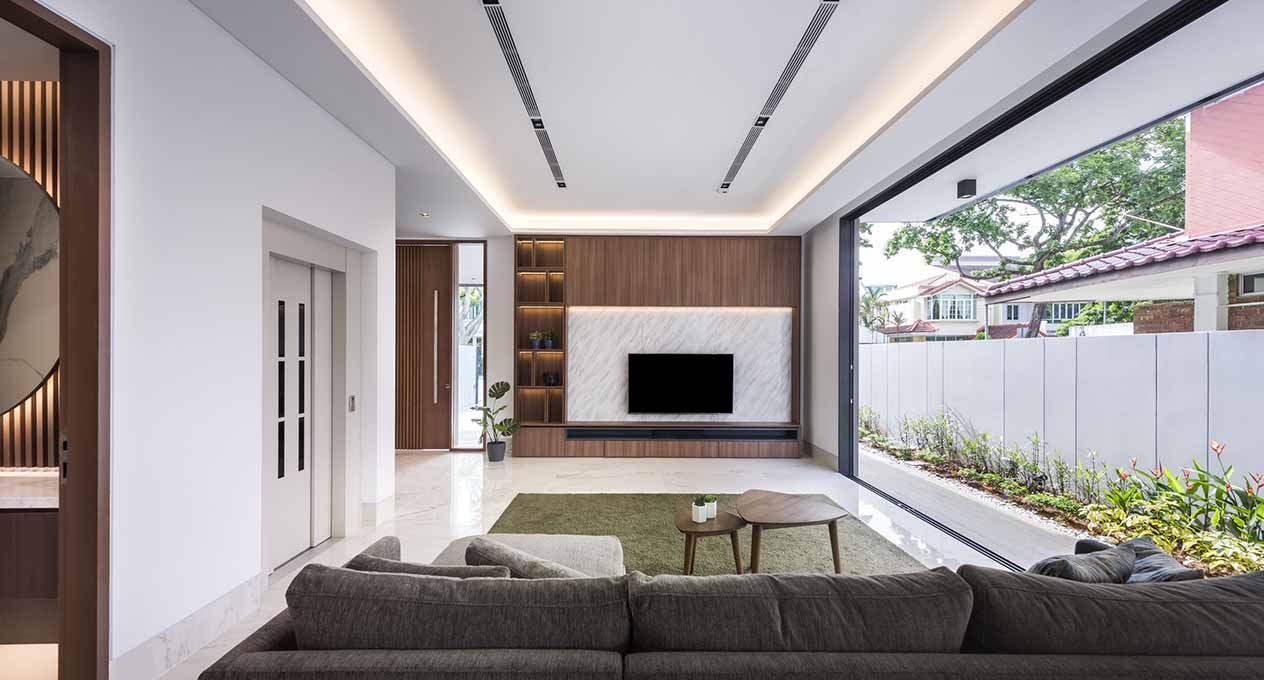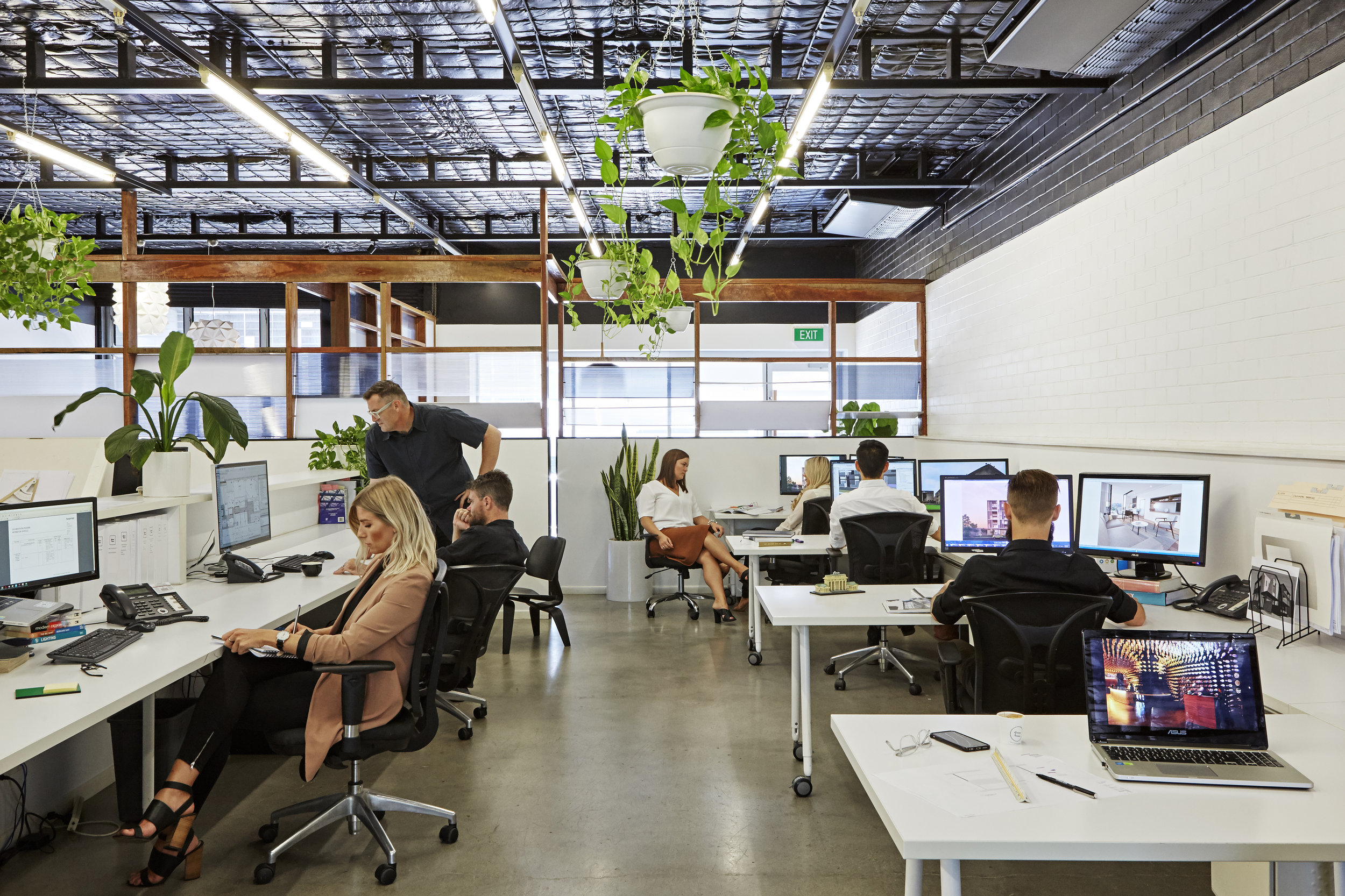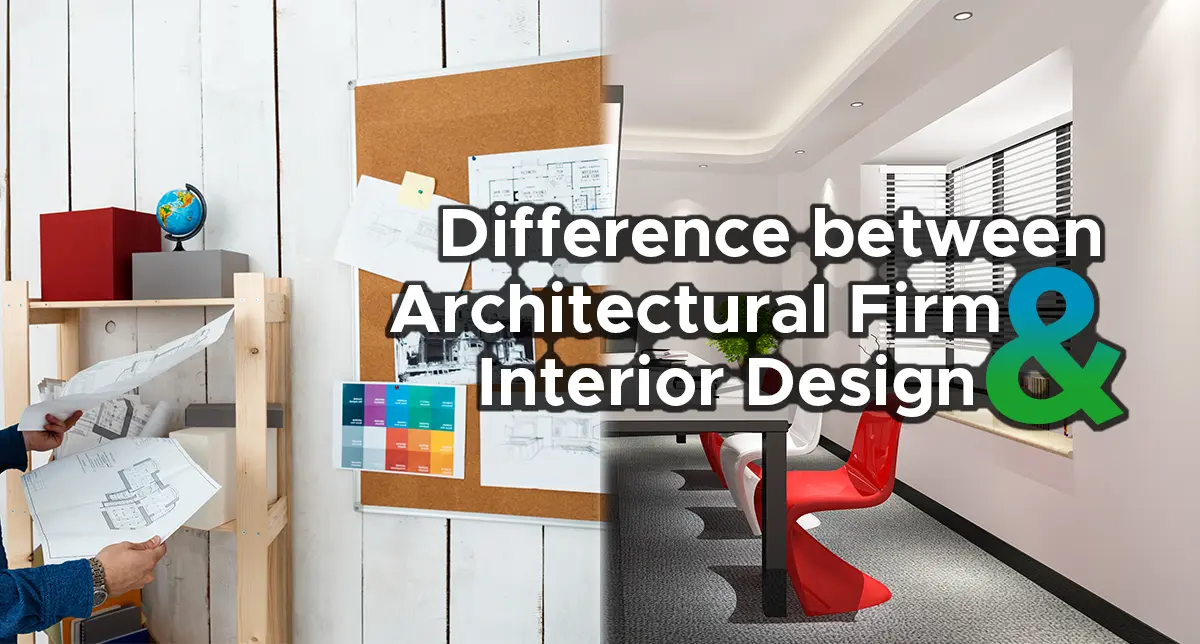The Art of Equilibrium: Just How Interior Design and Home Architect Collaborate for Stunning Outcomes
In the world of home layout, striking an equilibrium in between appearances and performance is no tiny task. This fragile equilibrium is accomplished with the unified collaboration in between indoor designers and engineers, each bringing their distinct experience to the table. Stay with us as we discover the details of this joint process and its transformative impact on home design.
Recognizing the Core Differences Between Interior Decoration and Home Design
While both interior style and home style play vital duties in creating cosmetically pleasing and practical rooms, they are inherently different techniques. It deals with the 'bones' of the structure, working with spatial measurements, load-bearing walls, and roof designs. On the other hand, indoor layout is more concerned with improving the sensory and visual experience within that structure.
The Harmony In Between Home Architecture and Interior Decoration
The synergy between home design and Interior Design lies in a shared vision of style and the improvement of useful aesthetics. When these two fields line up sympathetically, they can change a home from common to extraordinary. This collaboration requires a deeper understanding of each self-control's principles and the capability to produce a natural, cosmetically pleasing environment.
Unifying Design Vision
Unifying the vision for home architecture and Interior Design can create a harmonious living area that is both useful and cosmetically pleasing. The equilibrium starts with an incorporated way of thinking; engineers and indoor designers collaborate, each bringing their competence. This unison of concepts develops the design vision, a blueprint that overviews the project. This shared vision is essential for consistency throughout the home, ensuring a liquid change from exterior architecture to interior spaces. It advertises a collaborating technique where architectural elements enhance Interior Design components and vice versa. The outcome is a natural space that reflects the homeowner's lifestyle, preference, and personality. Hence, unifying the style vision is vital in blending architecture and Interior Design for spectacular outcomes.
Enhancing Functional Looks
How does the synergy between home architecture and Interior Design enhance practical looks? This synergy allows the production of rooms that are not only visually enticing yet also conveniently functional. Designers prepared with their architectural layout, making sure that the area is functional and effective. The interior designer then enhances this with thoroughly picked aspects that boost the aesthetic appeals without endangering the capability. This harmonious collaboration can lead to homes that are both beautiful and livable. A designer could make a residence with large windows and high ceilings. The interior designer can then accentuate these features with sheer drapes and high plants, respectively, hence improving the visual charm while keeping the functional advantages of all-natural light and space.
Value of Collaboration in Creating Balanced Spaces
The cooperation between indoor developers and architects is essential in creating well balanced spaces. It brings consistency between layout and design, offering birth to areas that are not just visually pleasing yet likewise useful. Checking out effective collaborative approaches can offer understandings into exactly how this harmony can be successfully attained.
Balancing Layout and Architecture
Equilibrium, a necessary element of both interior design and architecture, can just absolutely be attained when these 2 fields work in consistency. This joint procedure results in a cohesive, balanced layout where every component has an objective and contributes to the general aesthetic. Harmonizing layout and architecture is not just regarding creating gorgeous rooms, yet regarding crafting rooms that work seamlessly for their inhabitants.
Effective Collective Approaches

Instance Researches: Successful Integration of Style and Style
Checking out numerous study, it ends up being apparent how the effective assimilation of Interior Design and design can transform a room. The Glass Home in Connecticut, renowned for its minimalistic beauty, is one such instance. Designer Philip Johnson and indoor designer Mies van der Rohe teamed up to produce an unified balance in between the structure and the inside, leading to a smooth flow from the outside landscape to the internal living quarters. One more prototype is the Fallingwater House in Pennsylvania. Designer Frank Lloyd Wright and indoor designer Edgar Kaufmann Jr.'s joint efforts bring about a strikingly one-of-a-kind house that mixes with its natural environments. These study underline the extensive influence of a successful style and style cooperation.

Getting Over Difficulties in Design and Style Partnership
Despite the go right here obvious benefits of an effective partnership between Interior Design and architecture, it is not without its difficulties. Communication concerns can occur, as both events may make use of different terminologies, understandings, and approaches in their job. This can lead to misunderstandings and delays in project conclusion. Another significant difficulty is the harmonizing act of looks and functionality. Architects might prioritize architectural integrity and safety, while developers concentrate on comfort and design. The integration of these goals can be complicated. Additionally, spending plan and timeline restrictions typically include stress, possibly creating breaks in the collaboration. Efficient interaction, mutual understanding, and compromise are important to get over these challenges and achieve a effective and unified cooperation.

Future Fads: The Developing Partnership Between Home Architects and Inside Designers
As the world of home style remains to progress, so does the partnership in between architects and interior developers. The trend leans in the direction of a more collaborative and incorporated approach, breaking devoid of conventional functions. Engineers are no longer exclusively focused on structural stability, yet also involve in boosting aesthetic charm - Winchester architect. Alternatively, indoor designers are accepting technological facets, influencing overall design and capability. This evolving symbiosis is driven by improvements in modern technology and the expanding demand for spaces that are not only aesthetically pleasing yet additionally practical and sustainable. The future assures an extra cohesive, try this website innovative, and adaptive method to home style, as designers and developers proceed to obscure the lines, cultivating a partnership that truly embodies the art of balance.
Final thought
The art of equilibrium in home style is achieved through the harmonious partnership between interior developers and engineers. An understanding of each other's disciplines, reliable interaction, and shared vision are vital in producing visually stunning, useful, and inviting spaces. Regardless of difficulties, this partnership fosters development and development in design. As the partnership between home engineers and interior designers progresses, it will remain to shape future trends, boosting comfort, performance, and personal expression in our space.
While both interior style and home style play vital roles in producing cosmetically pleasing and practical rooms, they are inherently different techniques.The synergy in between home style and interior style exists in a shared vision of style and the improvement of practical visual appeals.Merging the vision for home style and interior style can develop a harmonious living area that is both useful and aesthetically pleasing. Therefore, unifying the style vision is crucial in blending design and indoor layout for spectacular results.
Just how does the harmony in between home architecture and interior style boost useful visual appeals? (Winchester architect)